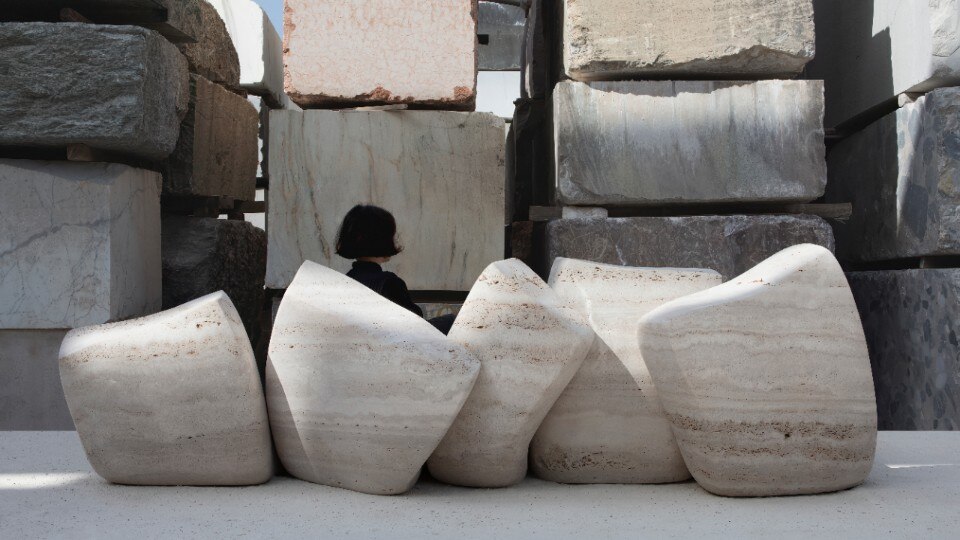"Architecture reacts to places" is the statement in which their investigations are rooted. They want their architecture to be able to listen to and register the latent energy contained in the landscape, aiming to construct a physical device that allows us to capture dormant qualities, activate them and make them perceptible. Architecture proves to have the power to interact with these enigmatic presences, as it possesses the means and scale to mediate with them.
What does the landscape mean to Paisajes Emergentes? Rather than a literary dimension from which to extract elements for a representation that is destined to last a single fleeting lifetime, they see landscape as a space of freedom where one goes to discover one's own primary images. During this process, drawings represent the medium that collects emerging images and deposits them on the reality of a paper surface.
Inhabited or uninhabited as it may be, architecture, to these three young Colombian architects, implies the condition of listening, the search for a profound and direct relationship with the unheeded manifestations of a place. This quest is inspired by instability, the passing of time and the interaction with nature's slow pace, measured in geological eras or telluric movements.
For the (landscape) architects of Paisajes Emergentes, natural phenomena constitute the "raw material" from which to make a project emerge. Thus, if architecture is not separable from and cannot exist without natural phenomena or the enigmatic presences in the landscape, it is because architecture is not meant to engender a form of resistance. Nor does it aim to erect a bulwark in defence of the enclosure identified by architecture. Rather it is prepared to be a form of adaptation, in order to include these things in the project and turn them into the activators of a new ecosystem that is at its centre. To do this, architecture steps in to function as a piece of infrastructure and sustain the emergence of new ecosystems that would not have been able to establish themselves independently otherwise: a place of welcome for "natural" accidents. It is as if architecture had found the memory of its organic substance in order to stage its aspiration of becoming fully fused with the elements of nature, adapting to its prolonged rhythm and the slow turning of the wheel of time.
Each project stems from the patient observation of a place's qualities. The "dialogue" with the presences that inhabit the landscape is modulated according to a quasi-scientific type of language, specifically able to indicate the laws with which to manipulate the "raw material" that is the foundation of the project. It helps them to calculate the direction of the winds, the breezes blowing in from the mountains, the trajectories of the currents, the rhythmic movement of the tides, the convectional flowing of air and atmospheric factors. This language is constructed by borrowing from the semantic fields of geology, biology and meteorology – subjects which Paisajes Emergentes attempt to make their own in order to open up the architecture issue to unexplored territory.
Despite the consciousness of an inescapable destiny that suggests we beware of environmental catastrophe, the magical architecture of Paisajes Emergentes recognises the intrinsic life of the landscape (which is inhabited by presences that preside over the invisible side of the universe) by trying to describe the parallel dimensions that are feasible for the human environment. In flooded landscapes, such as in J.G. Ballard's deserts of water, human constructions emerge as mysterious and faraway or suspended. The sky, like the sea or prairies that stretch out as far as the eye can see, dissolves into the horizon, alluding to a future that is unknown yet full of possibilities.
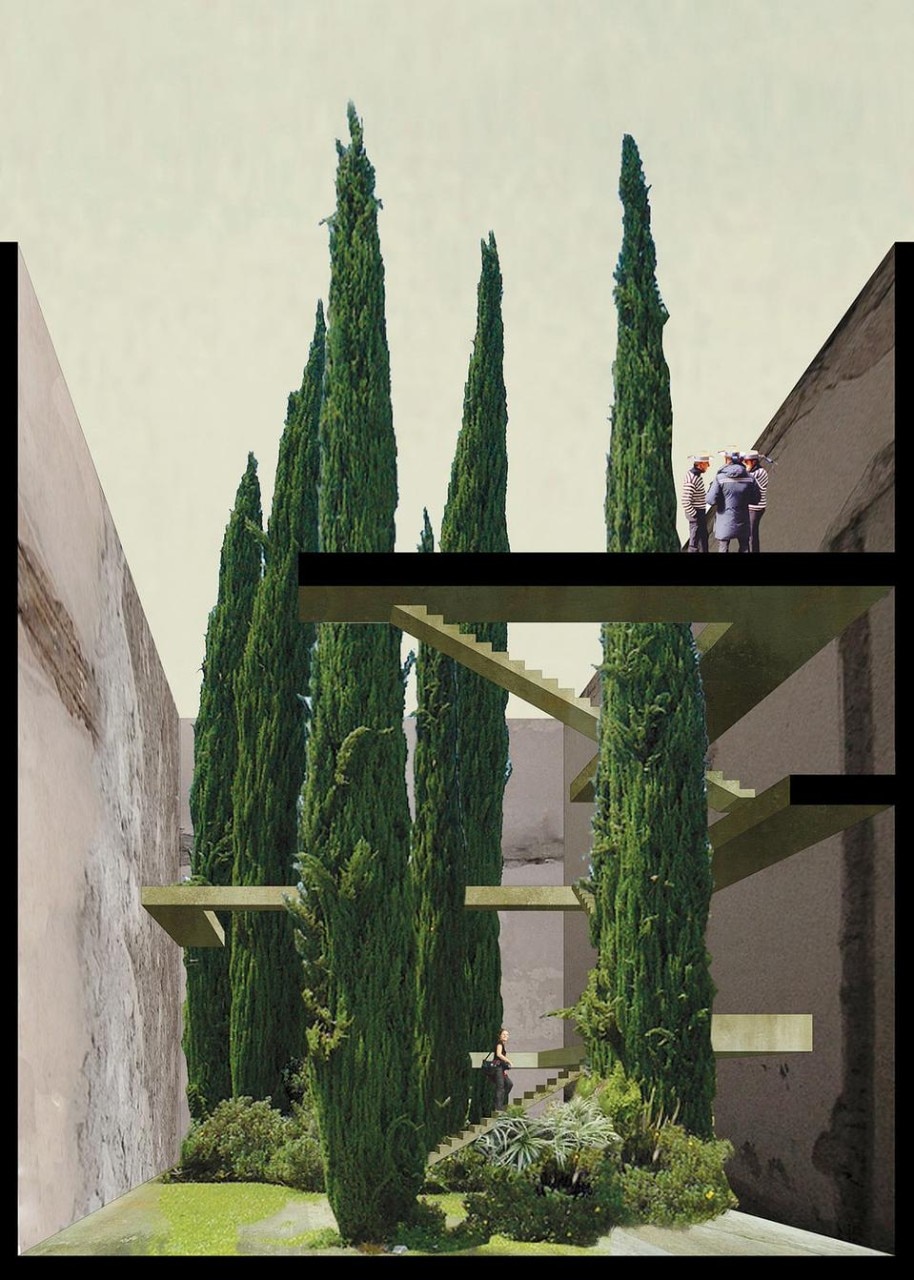
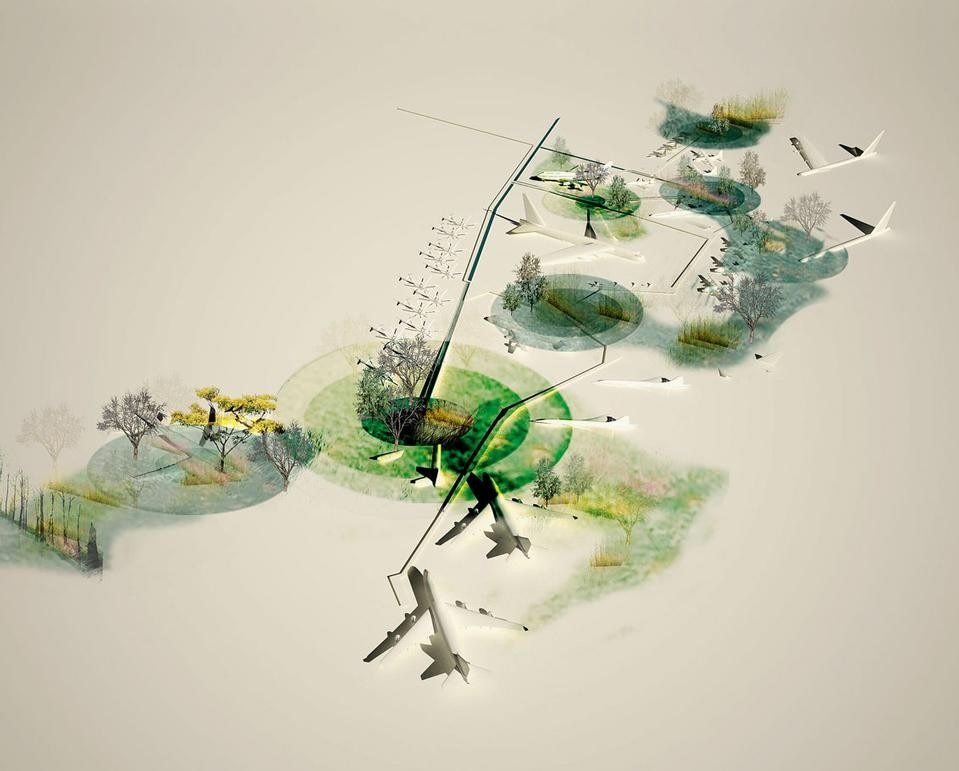
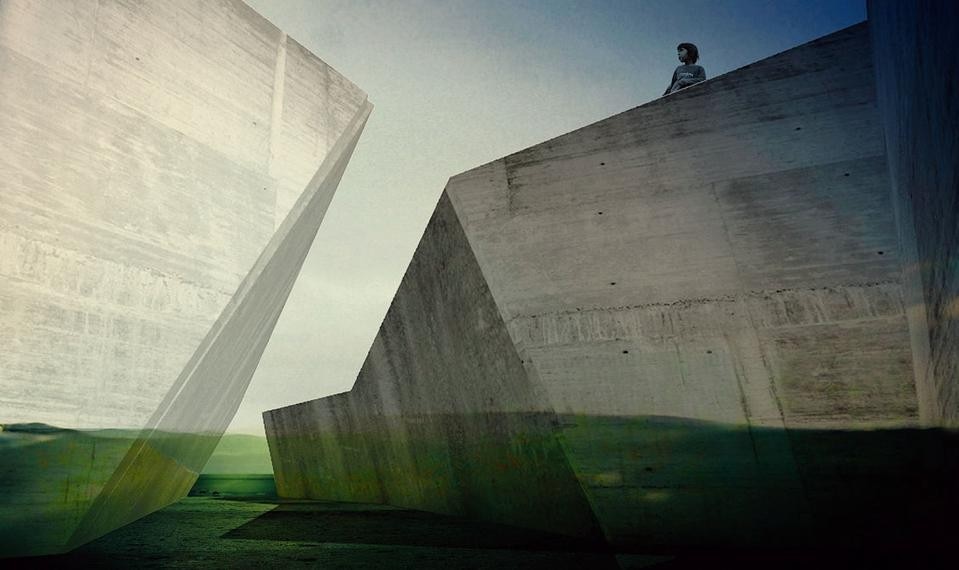
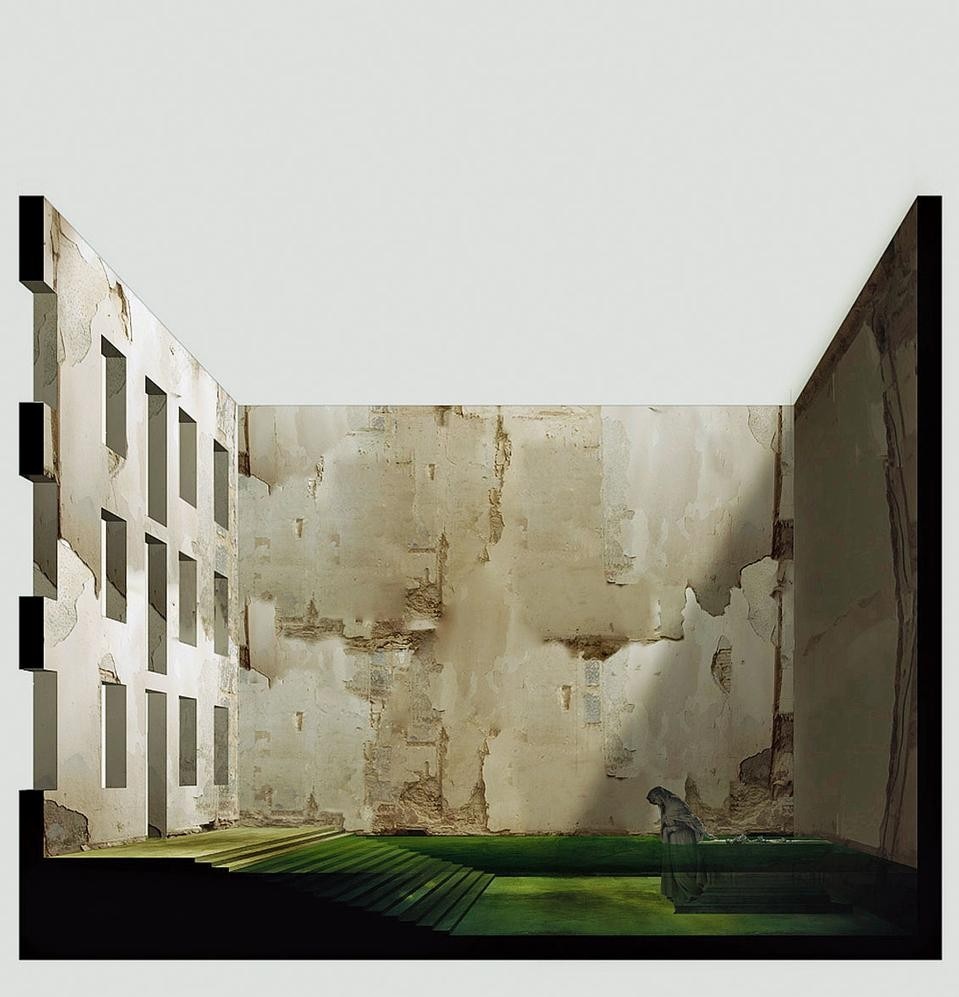
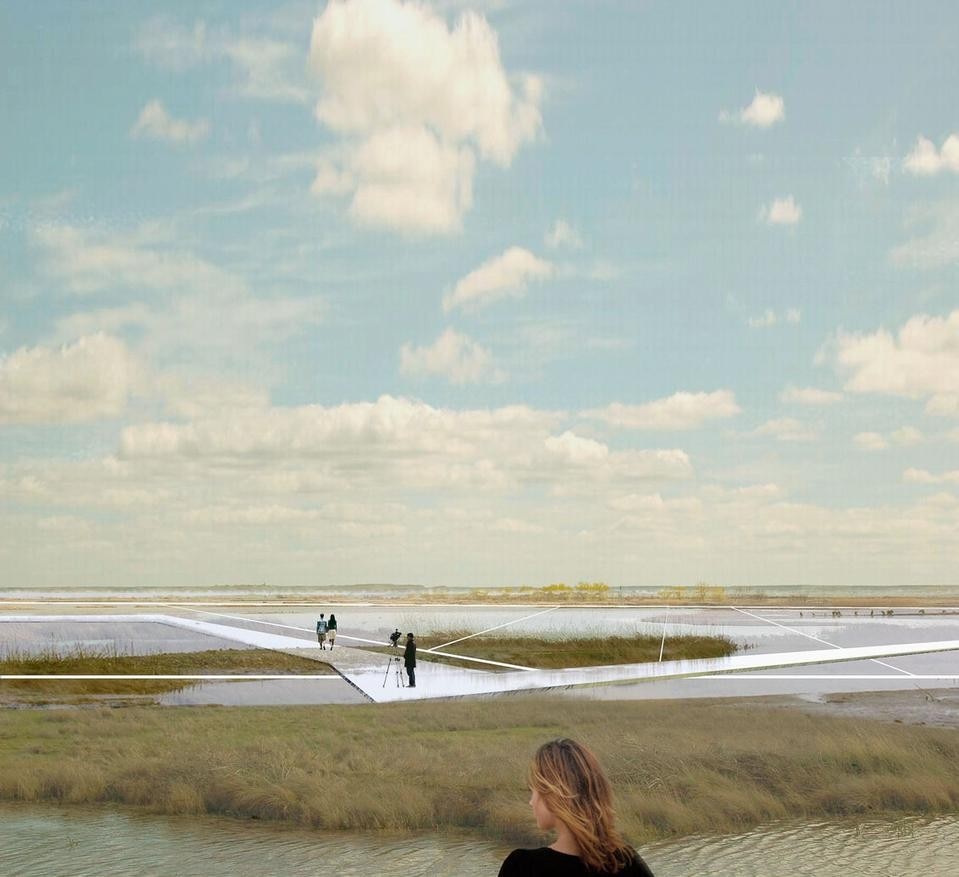
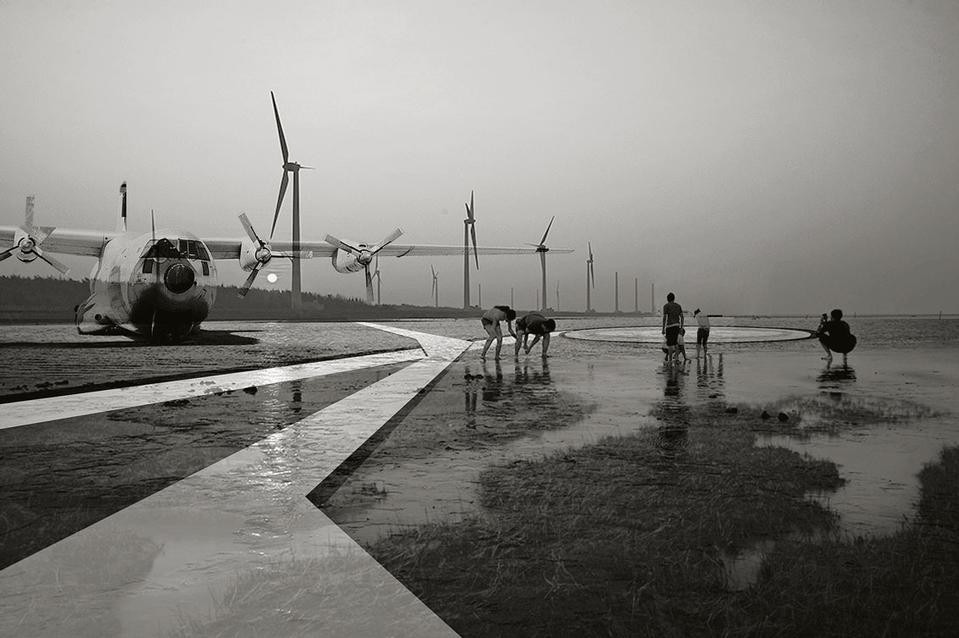
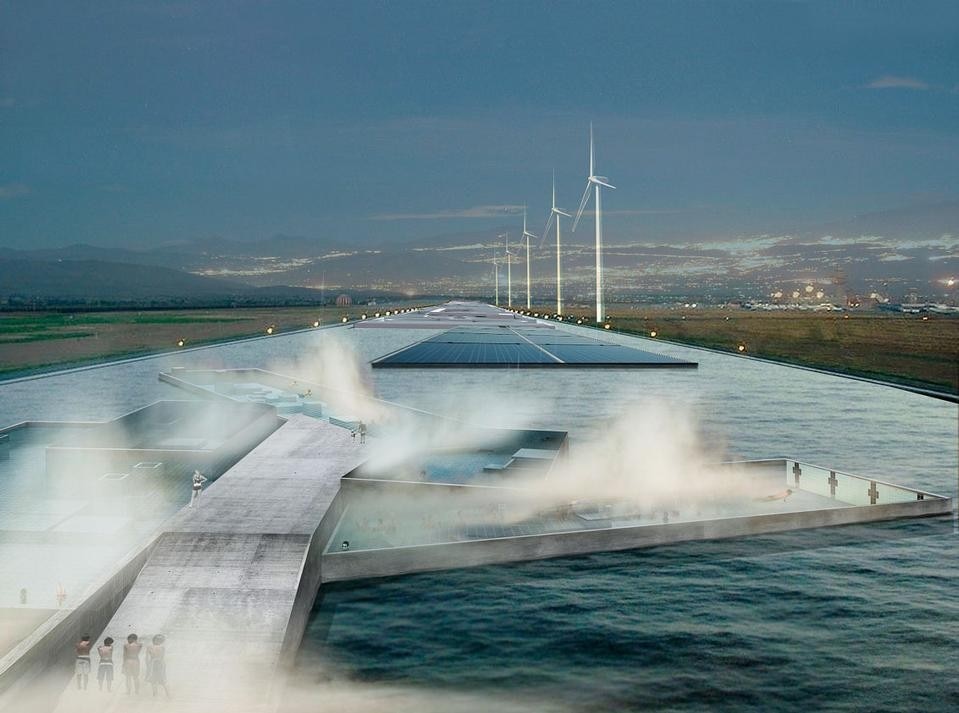
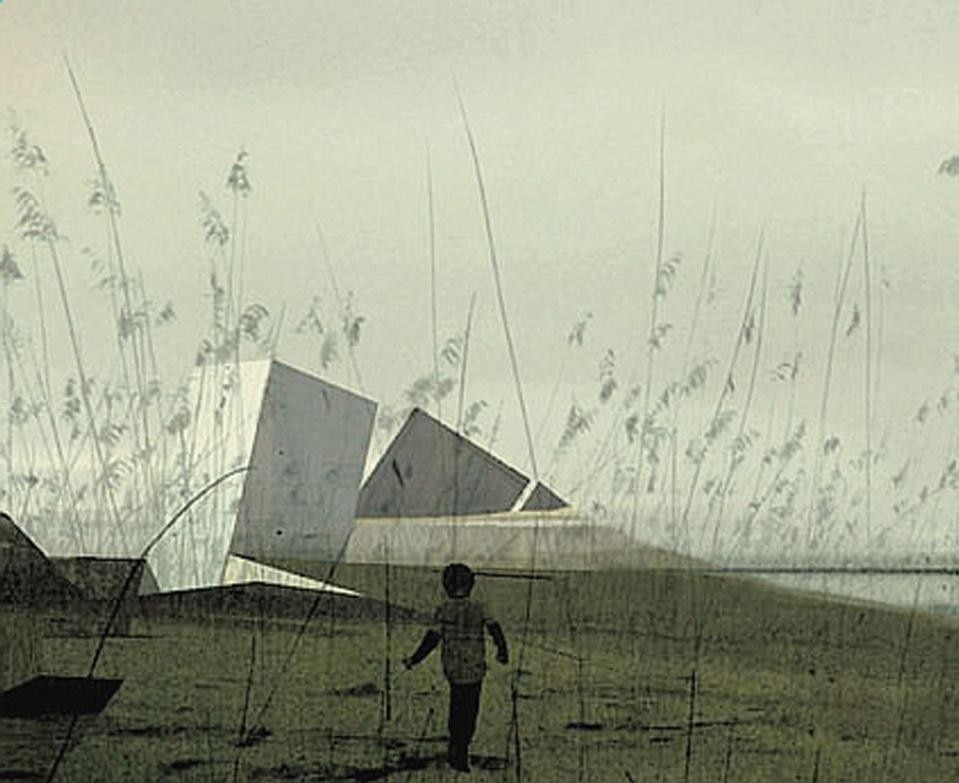

Technology meets aesthetics, with Cordivari
With their rhythmically textured external surfaces, the Run and Seven Lines fan coils become natural elements in the landscape of contemporary interiors.



